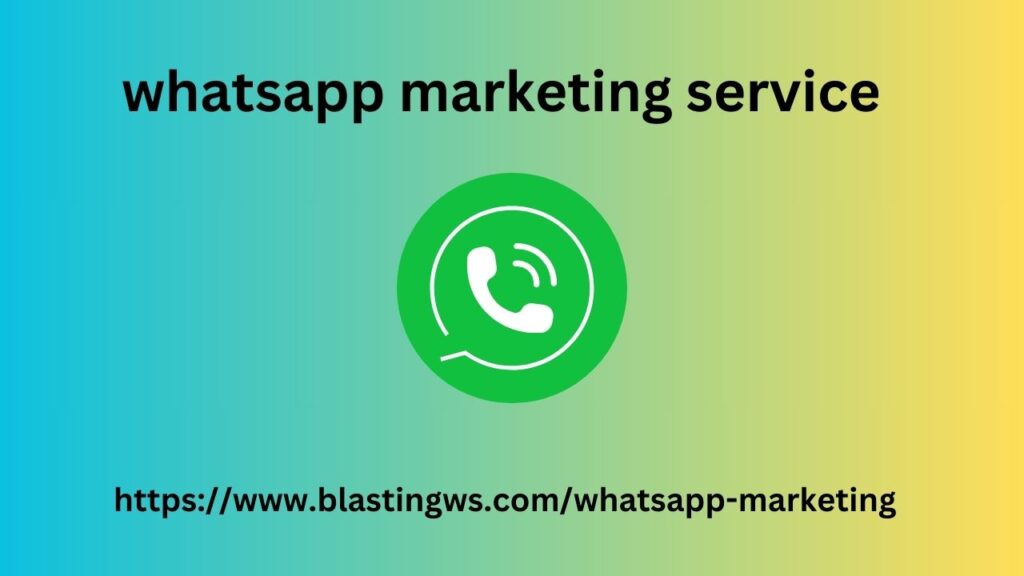Yes, you read that right. Including forms in your email marketing campaigns is not only possible, but it can also drastically increase your conversion rates. Email marketing is known for its excellent ROI, allowing marketers to deliver personalized email content to subscribers without spending too much money. Forms, on the other hand, take your email communications a step further.
Combining the power of email and forms creates a win-win situation for brands and subscribers. Marketers gain invaluable data provided by recipients whatsapp marketing service themselves while making the email experience more engaging. But to get the most impact from this combination, you need to have expertise, right? In this article, we’ll list the benefits and best practices of using forms in email marketing to collect valuable customer data and increase conversion rates.
Why use email forms to collect user data?
Most marketers are reluctant to use formsEmail MarketingBecause they think these campaigns don’t work. But the truth is, they can transform your email engagement. Apart from that, embedded forms in emails eliminate extra steps in the data capture process, thus helping youMaximize conversionsStill not convinced? Let’s see what else you can do with email forms:
- Improve conversion rates
When you collect data the traditional way, you direct users to external pages, which increases the friction factor. Embedded email forms make it easy for recipients to fill in their data, reducing the number of potential email drops. This increases conversion rates because users can immediately take action on your CTA, whether it’s taking a survey, subscribing to your newsletter, or signing up for a free trial.
Accurate, high-quality data
High-quality customer data is the backbone of every successful marketing campaign. Your email recipients are usually more interested in your brand, products, or services than the average user. When readers are directed to an external page, they may encounter some errors, such as slow loading speed. However, if you make recipients familiar with your email environment, they are more likely to fill in accurate information because they are already interested in your business news and promotions.
- Improved segmentation
Integrating forms in your email marketing campaigns allows you to collect specific and accurate data directly from your subscribers. Based on the form fields selected, you can gather valuable insights about their demographics, behaviors, buying habits, and preferences. This brings you one step closer to understanding their needs.
4 Best Use Cases for Email Forms
When you use email forms strategically, they can serve your business goals in a number of different ways. Here are some of the best use cases for including forms in your email marketing campaigns:
- Registration Form
Businesses send this email form to users so that they can sign up for one of their products, services, or events. The sign-up form may vary depending on the nature of the product or service. For example, a webinar sign-up form will typically include basic fields that simplify the user registration process, while a SaaS product sign-up form will require additional user actions, such as selecting a password.
- Customer Satisfaction Form
Customer satisfaction forms are sent to what is the difference between seo and sem? people who have tried your product or service. They usually come in the following form:And help you gather useful information about what works and what doesn’t work in your sales proposition. This type of input can help you improve your products and services without investing too much time and effort because you get to hear everything from the horse’s mouth.
- Potential Customer Preference Form
This type of email form is very effective in showing prospects that you care about their unique needs and want to provide them with customized content that meets their needs. Remember, your emails should be about the value you provide to your prospects. Therefore, asking them to fill out their preferences and interests is an ideal way to
6 Best Practices for Leveraging Forms in Email Marketing
Whatever your reason for embedding forms in emails, the first thing you must do is to ensure that they provide a seamless and memorable experience for your users. To do this, you should follow these best practices:
Keep it short
The main reason to incorporate forms in crawler data email marketing is to keep the user’s workload as low as possible. Short email forms increase the chances of a prospect completing the process. Adding unnecessary steps and requesting too much information will not only confuse your readers but also make them distrust your brand. So focus on collecting the most important data so that prospects can focus on following your call to action.
Include a compelling CTA
Speaking of calls to action, this is probably the most crucial element of your email marketing campaigns as it indicates what the recipient’s next move should be. Make your CTA powerful and actionable so that users are encouraged to take action. However, action-oriented copy shouldn’t mean being pushy. Quite the opposite, as many brands have seen an increase in their conversion rates when they softened their CTA copy with gentler expressions. Additionally, using concise language is key to help you clearly communicate the purpose of your email form.
Simplicity
Don’t forget your design
is as much a prerequisite in form design as using complex instructions or adding too many form fields. Users appreciate clean designs, which help them focus on what’s important rather than text-heavy layouts. But don’t assume that clean equals boring. Create visually appealing forms using contrasting colors and eye-catching visual components that align with your brand. And since most users view emails on mobile screens, it goes without saying that you should optimize your forms for mobile devices. Investing in responsive designs that render well on all devices and clear fonts will facilitate the reading process regardless of the user’s screen size.

